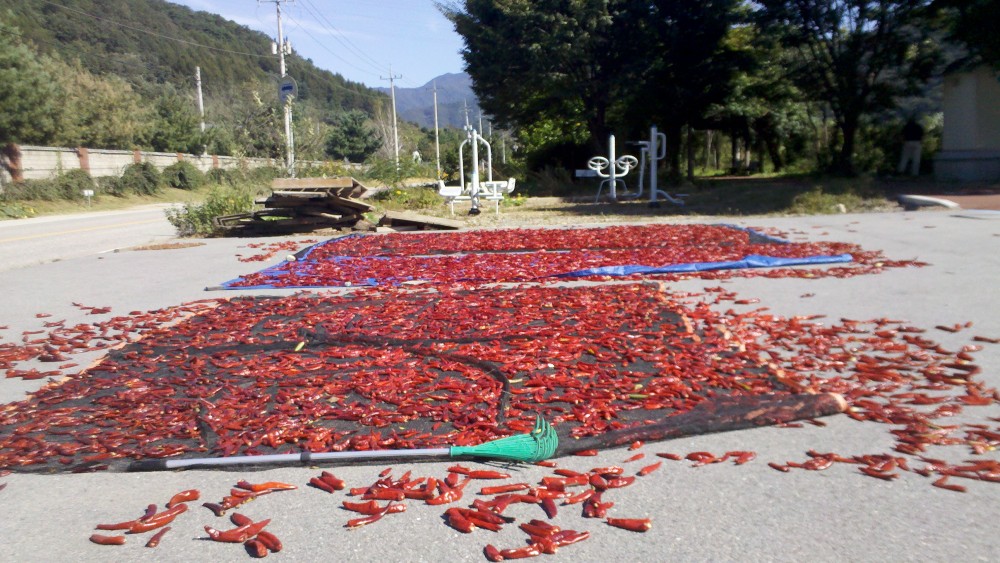I came across an interest-piquing article on Colombo (the capital of Sri Lanka) based on the preliminary (at the time) results of that country’s 2012 Census.
According to the article, the Sinhala (presumably Buddhist) population of Colombo comprises 24% of the city (a notable decrease from 50% of the population in 1971). The Tamil population (presumably Hindu) makes up around 33% of the population, an increase from 24.5% in 1971. The surprising statistic is the population of Muslims (alternatively Sri Lankan Moors or Indian Muslims, probably both), whose ratio increased from 19% in 1971 to over 40% in 2012. In terms of absolutes, the population numbers are: over 79 thousand Sinhala, over 106 thousand Tamils, and 126 thousand Muslims.
While the numbers themselves are interesting, Colombo now contains more Muslims than Tamil Hindus or Sinhala Buddhists, they should be understood within current and historical contexts. For instance, the Diplomat reported in September 2013 on the growing violence in Sri Lanka of Sinhala-Buddhist nationalists targeting Muslims. As that source points out, Buddhists comprise 70% of the island’s 20 million people. The irony shouldn’t be lost on a world which has (abominably) associated sectarian violence with Islam. For their part, “Buddhists” are often assumed to be one of the more “peaceful” religions. In Sri Lanka, the right-leaning authorities (led by a long-serving President) have turned a “blind eye” to violence unleashed by monks, who are serving as agent provocateurs. In addition to attacking places of worship and business, Sinhala-Buddhist “extremists” (if you would) are calling for a boycott of halal-certified meat.
While sectarian on the surface, the Diplomat also notes an economic undercurrent within the violence. Protesters against halal-certification note that the principle body of Islamic scholars charges a fee to certify meat – and that this fee is passed on to the public. The geographic choices of targets reveals much of a movement’s basis. Places of worship are usually thought of first when considering visible evidence of a minority community and a focal point for anger, they are (after all) focal points for the community. Places of business may often be the real focal points and businesses are often just as visible.
Sri Lanka/Ceylon has witnessed this sectarian-economic violence before. Anthropologist Stanley Tambiah, himself a Sri Lankan, in his book Leveling Crowds: Ethnonationalist conflicts and collective violence in South Asia provides a discussion of Buddhist riots targeting the growing Tamil-Muslim community in Sri Lanka in the early 1900s. As it was then, so it is now. Economics, as well as sectarian differences, provided the impetus for violence against a minority religious community.
Considering the apparent Buddhist-nationalism gripping Sri Lanka and an equally apparent list of economic grievances against Muslims, further violence against this community is (unfortunately) likely. The violence is also a reminder of the problem of politicizing one particular aspect of a person’s identity and highlights the junction between violence, geography, and political identity.
